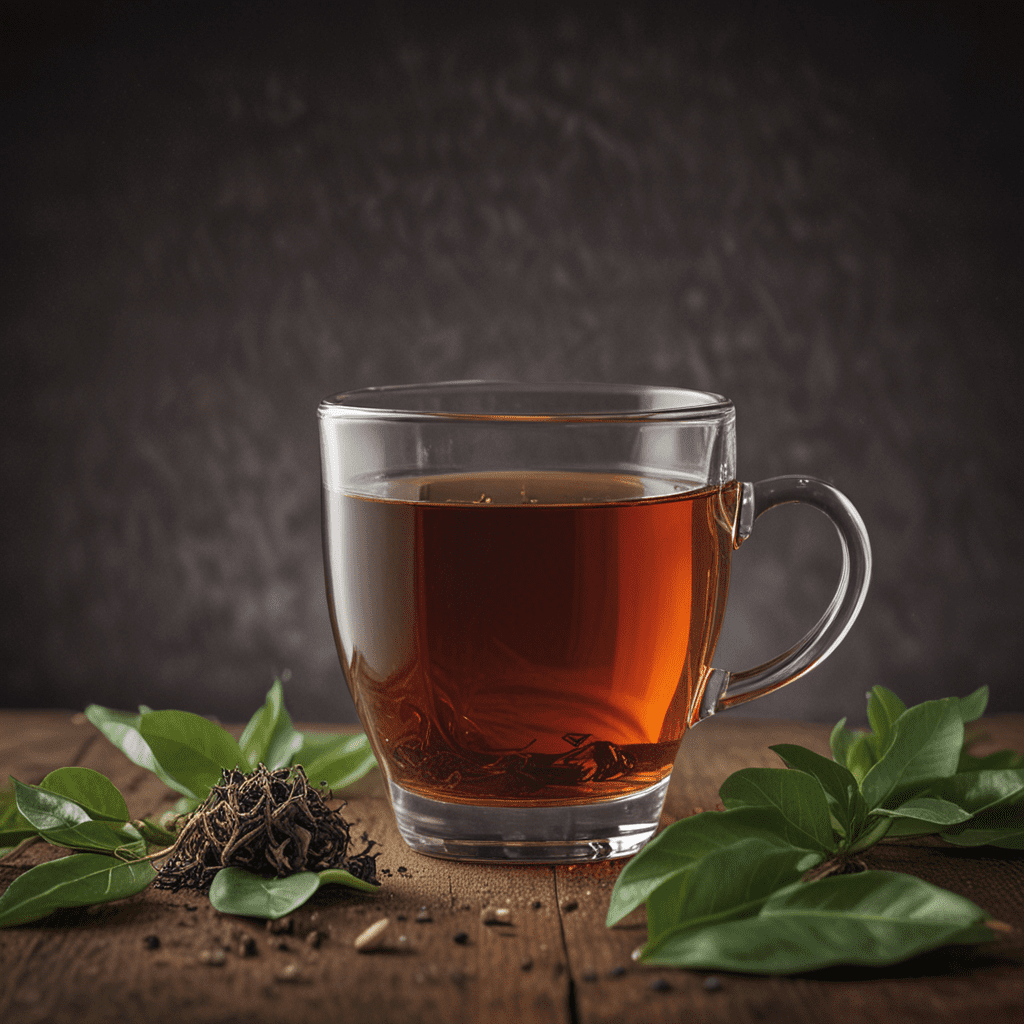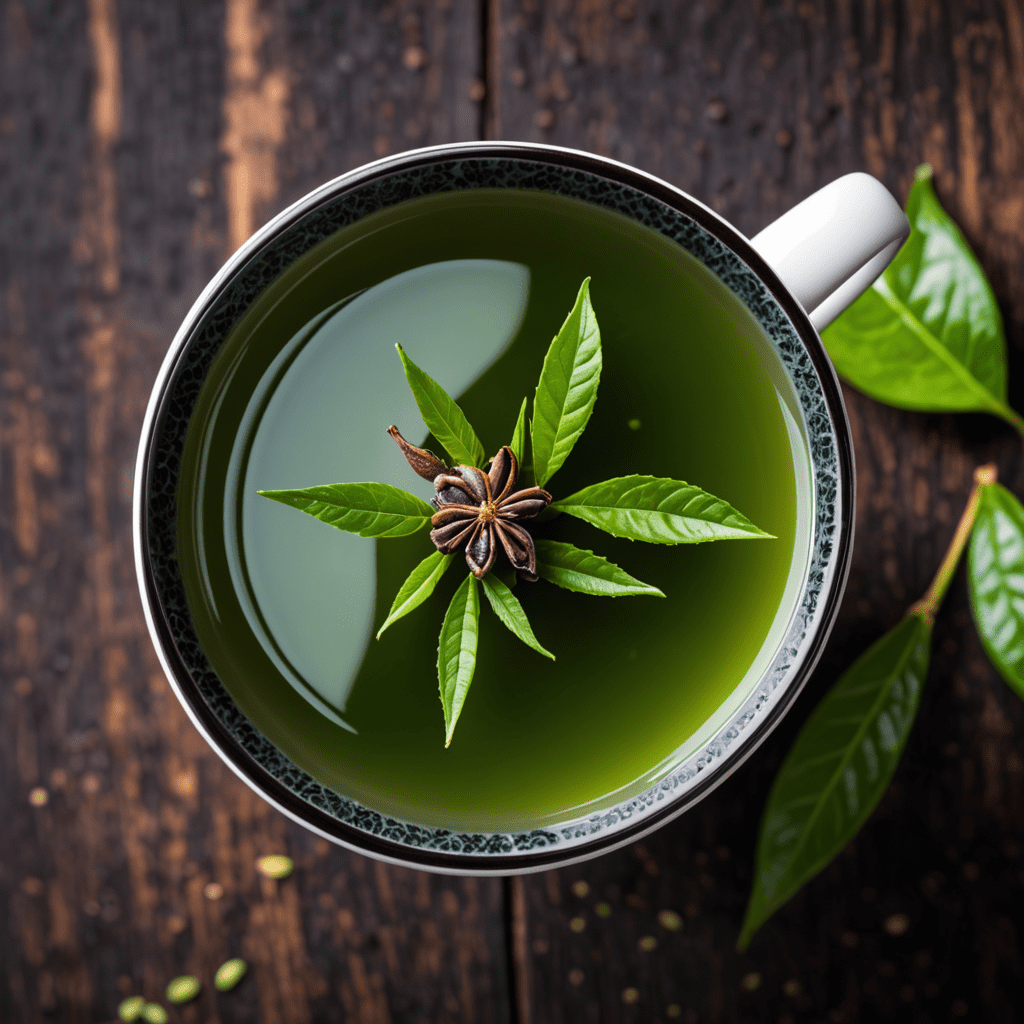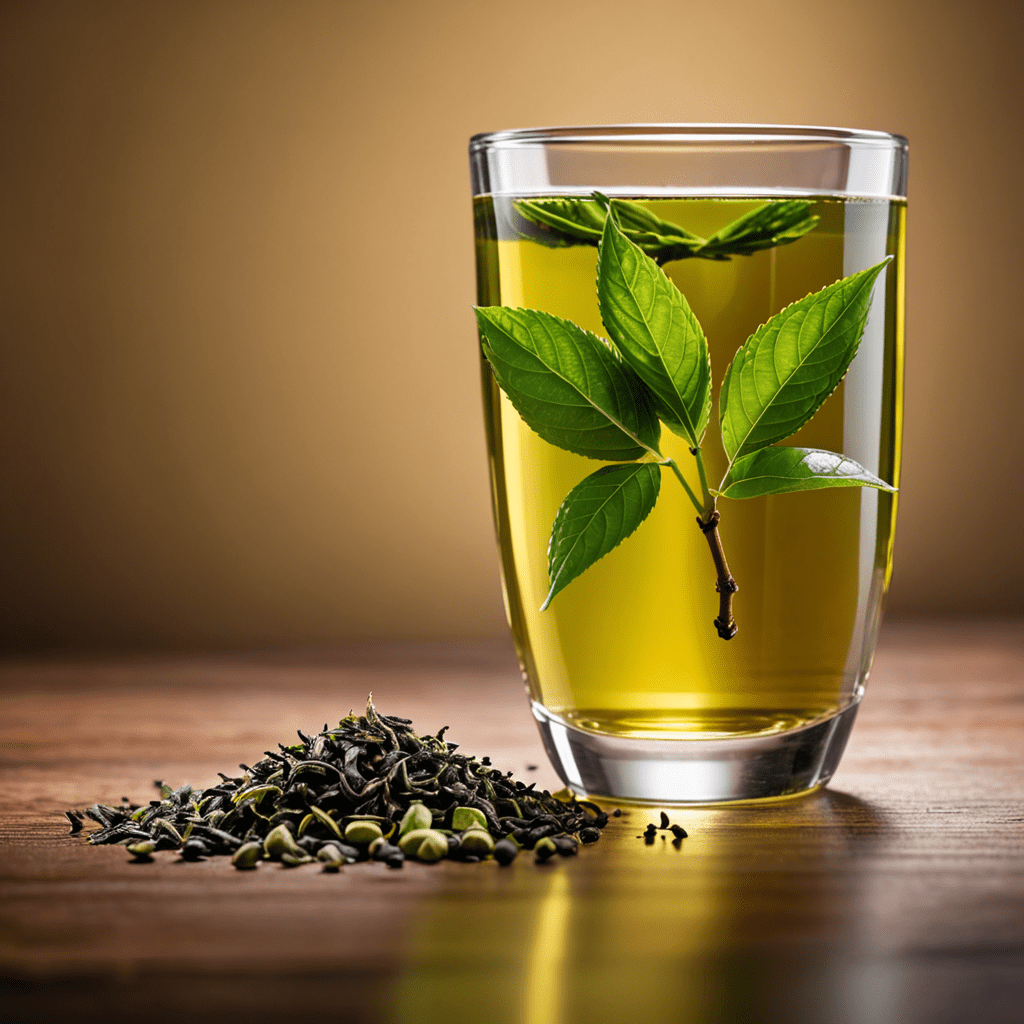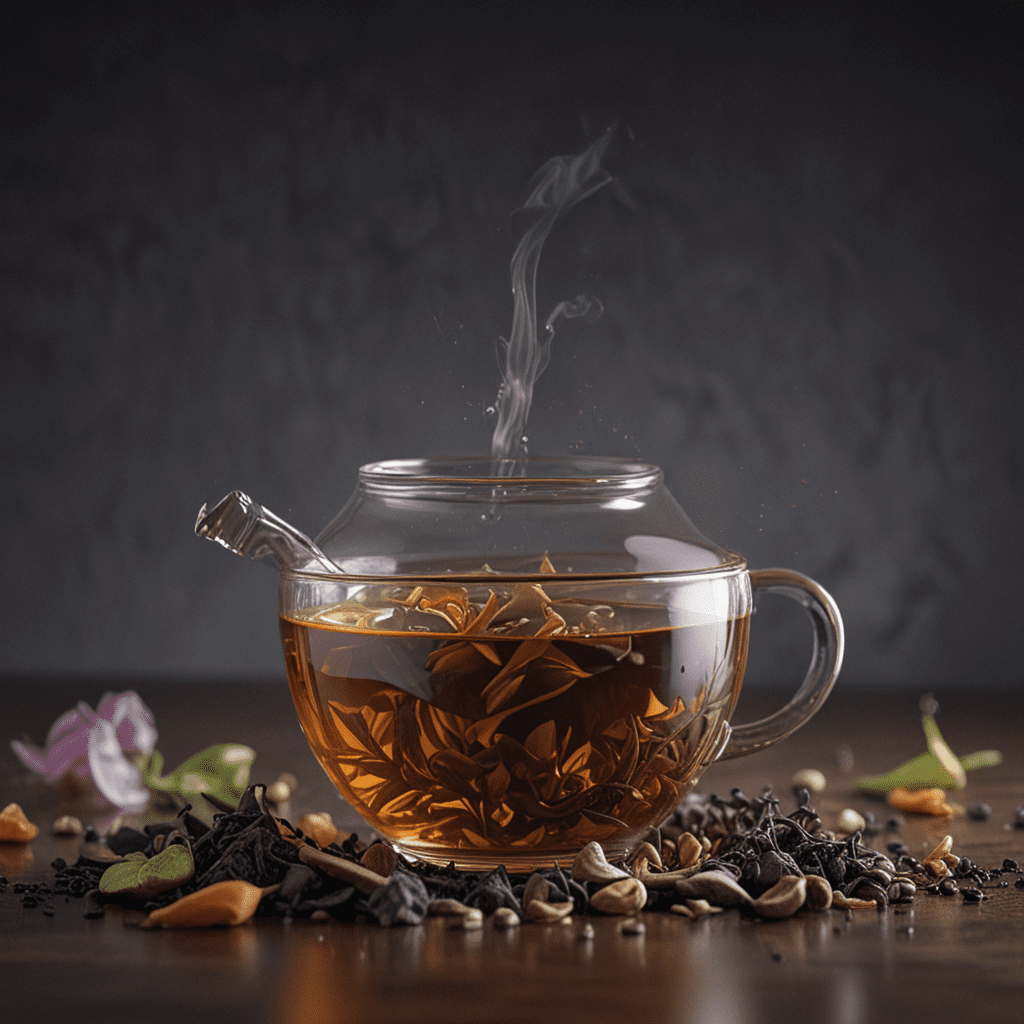
Introduction: The Allure of Ceylon Tea
Ceylon tea, renowned for its exquisite aroma and rich flavors, holds a revered position in the culinary world. Originating from the lush tea plantations of Sri Lanka, formerly known as Ceylon, this tea has captivated tea enthusiasts and culinary experts alike for centuries. Its versatility extends beyond traditional teacups, offering endless possibilities for culinary creations.
Aromatic Varieties: Exploring the Spectrum of Flavors
Ceylon tea encompasses a diverse range of aromatic varieties, each boasting unique characteristics that cater to discerning palates. From the light and floral Nuwara Eliya to the bold and malty Dimbula, there's a Ceylon tea to suit every taste and culinary application. The high-altitude regions of Uva and Uda Pussellawa yield teas with distinct fruity notes, while the mid-elevation Sabaragamuwa teas are renowned for their balanced and aromatic profiles.
Culinary Versatility: Enhancing Dishes from Sweet to Savory
Ceylon tea's versatility extends far beyond the teapot, seamlessly integrating into culinary creations from sweet to savory. Its delicate flavors complement both desserts and main courses, adding depth and complexity to every dish. The subtle bitterness of certain varieties can balance the sweetness of desserts, while the astringency of others can enhance the richness of meat-based dishes.
Infusing Beverages: Crafting Exceptional Teas and Cocktails
Ceylon tea remains a beloved beverage in its own right, but it also lends its aromatic qualities to craft exceptional infusions. By steeping tea leaves in hot or cold liquids, mixologists create innovative cocktails and non-alcoholic beverages that tantalize taste buds. The subtle flavors of Ceylon tea complement a wide range of spirits and mixers, allowing for endless experimentation and the creation of unique flavor profiles.
Baking and Desserts: Elevating Treats with Tea's Essence
The delicate aromas of Ceylon tea infuse baked goods and desserts with an exquisite touch. Incorporating tea leaves or tea extracts into cookie dough, cake batter, or pastry fillings adds a subtle yet sophisticated flavor dimension. The rich tannins in tea react with other ingredients to create unique textures and enhance the overall taste experience, transforming ordinary desserts into culinary masterpieces.
Marinades and Sauces: Adding Depth and Complexity
Ceylon tea's aromatic profile and tannins make it an excellent addition to marinades and sauces. Marinating meats, poultry, or seafood in tea-infused liquids tenderizes the proteins and imparts a subtle yet distinctive flavor. The tannins in tea react with the proteins, creating a flavorful crust when grilled or roasted. Similarly, adding tea to sauces enhances their complexity, adding depth and umami to dishes.
Meat and Seafood: Enhancing Flavors and Tenderness
Ceylon tea's ability to enhance flavors extends to meat and seafood dishes. The delicate aromas of tea complement the richness of meats, while the tannins help tenderize tougher cuts. Marinating meats in tea-infused liquids before grilling or roasting infuses them with flavor and creates a succulent texture. Similarly, adding tea to seafood dishes, such as stews or stir-fries, adds a subtle depth of flavor and complexity.
Salads and Dressings: Refreshing and Flavorful Creations
Ceylon tea's versatility shines in salads and dressings. The refreshing flavors of iced tea can be incorporated into dressings, adding a touch of sophistication to simple salads. The subtle bitterness of certain Ceylon tea varieties balances the sweetness of fruits and vegetables, creating a symphony of flavors. Additionally, tea leaves can be used as a garnish, adding a touch of elegance and a hint of tea aroma to salads.
Global Inspirations: Incorporating Tea into International Cuisines
Ceylon tea's culinary versatility transcends geographic boundaries, inspiring chefs worldwide to incorporate it into their creations. In Asian cuisine, tea is often used to flavor rice dishes, stir-fries, and soups, adding a delicate umami flavor. In Europe, tea-infused pastries and desserts have become popular, showcasing the tea's ability to elevate sweet treats. Similarly, in North America, tea-smoked meats and seafood have gained traction, offering a unique and flavorful twist on classic dishes.
Conclusion: Ceylon Tea's Enduring Culinary Legacy
Ceylon tea's culinary legacy is a testament to its versatility and ability to enhance flavors in countless ways. From traditional teacups to marinades, sauces, desserts, and global cuisines, Ceylon tea has found a place in the hearts and kitchens of culinary enthusiasts worldwide. Its aromatic varieties, nuanced flavors, and ability to elevate dishes make it an indispensable ingredient in the culinary repertoire.
FAQs
Q: What are the different types of Ceylon tea?
A: Ceylon tea encompasses a diverse range of varieties, including Nuwara Eliya, Dimbula, Uva, Uda Pussellawa, and Sabaragamuwa, each with unique flavor profiles.
Q: How can I incorporate Ceylon tea into my cooking?
A: Ceylon tea can be used to enhance flavors in marinades, sauces, desserts, baked goods, and even salads and dressings.
Q: What are the health benefits of Ceylon tea?
A: Ceylon tea is rich in antioxidants and may offer various health benefits, including improved heart health, reduced inflammation, and enhanced cognitive function.
Q: Where can I find high-quality Ceylon tea?
A: Ceylon tea is available at specialty tea shops, online retailers, and some grocery stores. Look for reputable brands that guarantee the authenticity and quality of their tea.


